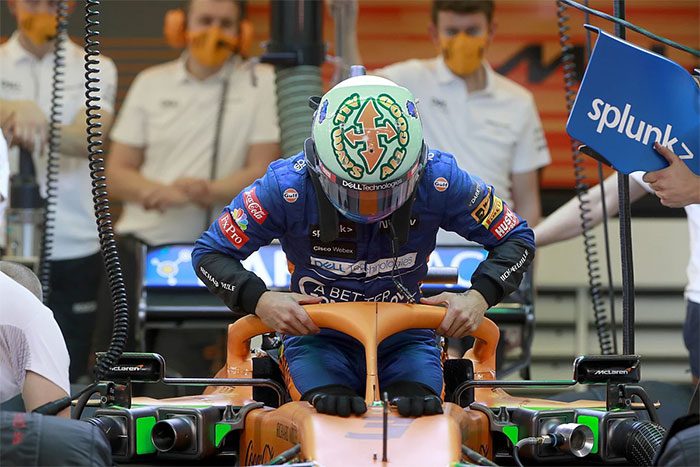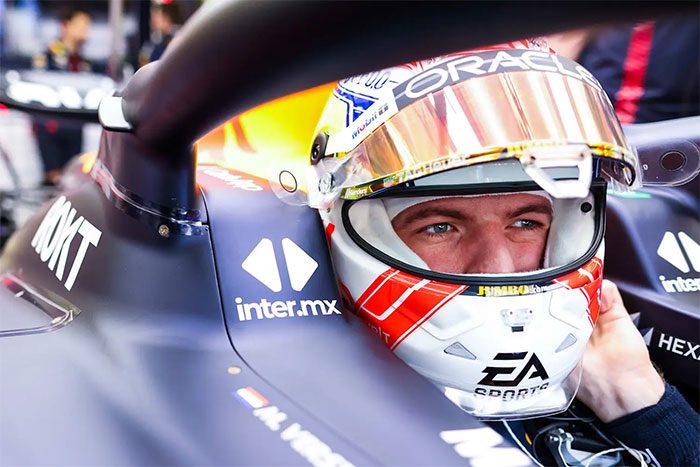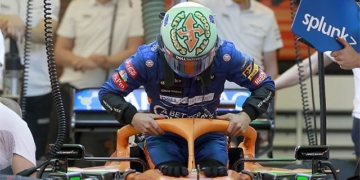As we know, F1 racing is considered the pinnacle of motorsport. Being a top-tier sport, its demands on drivers are significantly different from those of ordinary individuals.
First and foremost, drivers must possess exceptional physical fitness. Since F1 cars lack any electronic power assistance systems like power steering, anti-lock braking systems, and stability control, even simple maneuvers like turning the steering wheel require a force of at least 30 kg.
Similarly, braking is no easy task; each time the brake is pressed, a force of 100 kg is required, and during a race, drivers must brake hundreds of times. Furthermore, the cardiovascular function of the driver must be robust, as the heart rate can soar to 190 beats per minute when starting the F1 car, and during the race, it averages around 160 beats per minute. In contrast, a normal person’s heart rate is typically around 70-90 beats per minute.

Drivers endure significant forces when behind the wheel, with the ability to accelerate and decelerate in a straight line. At the start, the car can exert about 2G, and in some cases, braking can reach up to 6G. Of this, about 1G comes solely from releasing the throttle, and the driver must exert approximately 160 kg (353 lb) of force on the brake pedal to achieve the remainder.
The most daunting aspect is that drivers must withstand extraordinary acceleration. Given that F1 cars typically reach speeds of around 300 km/h, the lateral centrifugal force generated when cornering can peak at 4 to 6G.
To illustrate, consider the experience of riding a roller coaster; after completing a loop, many people feel heavy and unsteady, yet the centrifugal force in such rides is only about 1.5G.
The lateral forces on F1 cars are immense, with certain tracks causing drivers to experience a weight greater than six times their body weight for short durations, and 4-5G in prolonged corners. At the 2020 Tuscan Grand Prix, Lewis Hamilton recorded 4.9G, 5.6G, and 5.2G through Turns 6, 7, and 8 during practice at Mugello, while his teammate Valtteri Bottas peaked at 5.2G through the famous Parabolica turn at Monza during qualifying for that same season.
Due to these factors, F1 drivers often require intense physical training, particularly to strengthen their neck muscles—the extreme centrifugal forces generated by F1 cars place immense pressure on the driver’s body, especially the neck and upper body. The neck circumference of drivers like Hamilton and Alonso reaches up to 45 cm, whereas an average person typically has a circumference of 38 cm.

To endure these forces, drivers must possess muscular strength in their necks, core, and legs. They also need a strong cardiovascular system, as heart rates can average over 170 beats per minute during a race, which exceeds what a healthy adult typically encounters while running.
In addition to being physically fit, drivers must have extremely skilled driving techniques. If driving skills are lacking, the car may stall due to insufficient speed. Ultimately, the starting speed of F1 cars is around 6,000 RPM, which is not something an average person can control.
When on the track, the car must be fast enough to ensure safety because only at sufficient speeds do the tires reach the right temperature and pressure to cut through the air effectively and keep the car on course.
If tire temperatures are insufficient, grip will be inadequate, leading to skidding and collisions; in severe cases, the car may crash into the barrier while cornering.

Most F1 drivers hire personal trainers to manage their training and recovery throughout the year, and this relationship is crucial for success on the track. The most recognizable among them is Angela Cullen, who has been Hamilton’s physiotherapist since 2016 and is often seen alongside him in the garage and training grounds.
Finally, racing cars do not have air conditioning, and the engine is located just behind the cabin, with temperatures inside the car often exceeding 60 degrees Celsius.
To ensure safety, drivers wear specialized fire-resistant suits, but it is extremely hot and stifling; after a race, the total weight of fat burned and water lost from their bodies can exceed 4 kg.
In any case, F1 racing cars are not something just anyone dares to handle; these high-speed machines can decelerate from 300 km/h to 0 in just 4 seconds, while accelerating from 0 to 100 km/h takes only 1.4 seconds. Hence, F1 drivers are often trained in go-karting from a young age, and after decades of training, only a few percent of them can drive an F1 car and become true racers. Currently, there are no F1 drivers from Vietnam.





















































